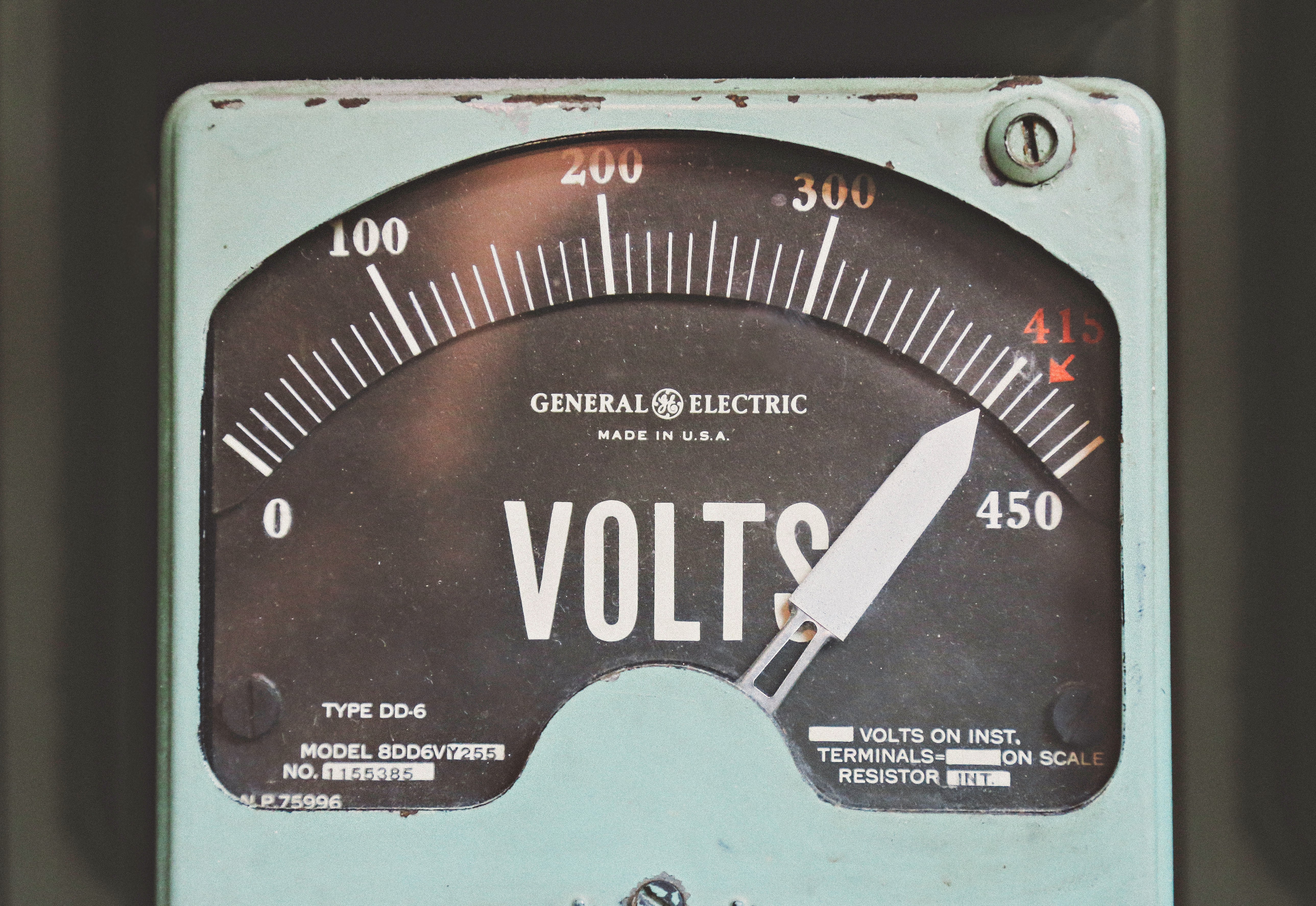Research
Renewable
The power industry is now the single largest source of CO2 emissions. Reducing emissions in this sector would need the use of renewable energy technologies like solar and wind. Over 90% of the world's electricity production in 2050 will come from renewable sources according to our route to net zero, with solar PV and wind together providing over 70% of this amount.

Energy Effectiveness
There are a lot of energy-efficient options available today that can be swiftly scaled up to create a large number of jobs in the building, automotive, home appliance, and industrial sectors. In order to increase the average pace of energy efficiency improvements in the 2020s to almost three times the average of the previous two decades, our method quickly and massively uses all of them.
Electrical Power
The electrification of areas that were formerly dominated by fossil fuels becomes increasingly important as a measure for decreasing emissions across the economy as electricity generation gets cleaner. Electric furnaces used to produce steel, heat pumps in buildings, and electric automobiles, buses, and trucks on the road all contribute to this.
Biological Energy
Sustainable bioenergy reduces emissions in a variety of ways, such as by using biomethane instead of natural gas to generate power and heat, and by using low-emission fuels for ships, aircraft, and other modes of transportation. For the 2.6 billion people who do not currently have access to clean cooking options, sustainable bioenergy is equally crucial. Carbon capture, utilization, and storage, or CCUS, makes several contributions to the move toward net zero. These include addressing emissions from current energy assets, offering solutions in industries like cement where it is most difficult to cut emissions, encouraging the quick expansion of low-emissions hydrogen generation, and allowing for the partial removal of CO2 from the atmosphere.
